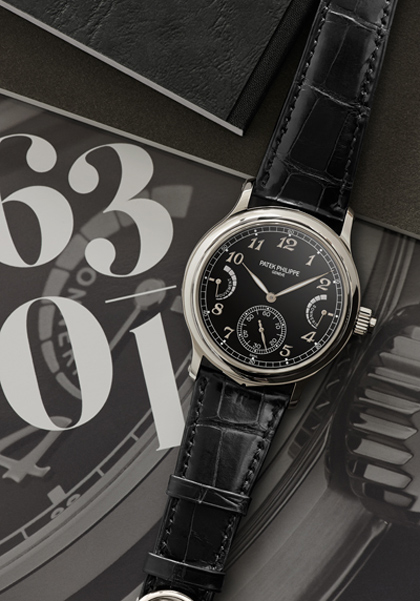One of my favourite theories about timekeeping (of which I have several) is that the rise of human civilisation is inextricably enmeshed with the creation of time-measuring instruments. Look up the definition of civilisation and you’ll quickly realise that all the markers of complex human society, the things that separate us from cavemen, are contingent on being able to live by the same chronological rhythms. Even the most primitive religions, governments and economies require a shared communal knowledge of elapsing time. Civilisation depends on the development of a common system of time, and by logical extension, civilisation depends on the development of horology.

Before mechanical watchmaking evolved to the stage where it was possible to produce affordable and accurate personal timepieces, societies all over the world lived by the cadences of central bell or drum towers. In other words, time was, in an inversion of that rather troublesome old English adage about children, heard and not seen. We preserve this idiomatically in English — we say that watches and clocks “tell” the time, maintaining that connection between our awareness of the passing of the hours and an audible (rather than visible) indication.

Modern chiming watches, particularly the sonnerie en passant variant, are the mechanical descendants of these timekeeping towers, although they are philosophically quite far apart. After all, while a city’s bell tower was a reference instrument for communal benefit, a chiming watch is a decidedly personal pleasure. One of the most recent examples of this rarefied type of watch is the Patek Philippe ref. 6301P Grande Sonnerie, the first commercially produced Patek Philippe grande sonnerie wristwatch.
While Patek Philippe is, by common consensus and reputation, the greatest single reference for minute repeaters in watchmaking today, they have thus far chosen not to include the grande sonnerie within their family of production watches. This is with the exception of the Grandmaster Chime, the ultra-complicated wristwatch released in 2014 to commemorate the 175th anniversary of Patek Philippe. With the ref. 6301P Grande Sonnerie, Patek Philippe have finally given this complication its own starring turn in the collection.

To be perfectly precise, a grande et petite sonnerie is actually two complications in one, or as I prefer to call it, one complication that functions in two modes. It strikes the time en passant, which is to say it does so automatically without requiring external activation, unlike a minute repeater. A grande et petite sonnerie chimes every hour on the hour and every quarter-hour. The only difference is that when in grande sonnerie mode, the watch chimes the hours (on the hour) and the hours and quarters (every first, second and third quarter-hour), whereas the petite sonnerie chimes the hours (on the hour) and the quarters (every first, second and third quarter-hour).

The reason I say that the grande et petite sonnerie is a single two-mode complication is that you never see one without the other. If there’s a watch somewhere that exists with only the grande sonnerie function and no accompanying petite sonnerie, or vice versa, I don’t know about it. As a matter of fact, you also don’t see grande et petite sonnerie watches without minute repeater functionality as well, and that’s because they use the same system to transmit time information to the strikeworks. Therefore, it hardly seems worth the effort to go to all the trouble of building a grande et petite sonnerie without including a minute repeater.
The Patek Philippe ref. 6301P Grande Sonnerie is a carillon striker, meaning it has more than the standard repeater complement of two hammers and two gongs. When chiming en passant or on demand (via the minute repeater function), it plays three notes; a low-medium-high set that allows the hours to be chimed with a low note, the quarters with a triple-note arpeggio and the minutes with a high note.

As with most automatically striking watches, the ref. 6301P has a separate barrel for the chiming functions, so as not to compromise the chronometry of the underlying movement by siphoning off mainspring energy every 15 minutes. Both the power reserves for the chiming functions and the main movement are wound via the same crown, but in opposite directions.
Much of the expertise that went into building the ref. 6301P has existed since the earliest days of Patek Philippe, as attested by their historical records of producing chiming watches. More immediately, however, especially in terms of the specific movement construction and the implementation of the jumping seconds indication at 6 o’clock, Patek Philippe drew from their experience gained in creating the 175th anniversary pieces. The undeniably classic exterior in the noblest of metals — platinum — is juxtaposed by the Spiromax hairspring in Silinvar, proving that Patek Philippe stays at the forefront of innovation even as it remains tethered in tradition.





